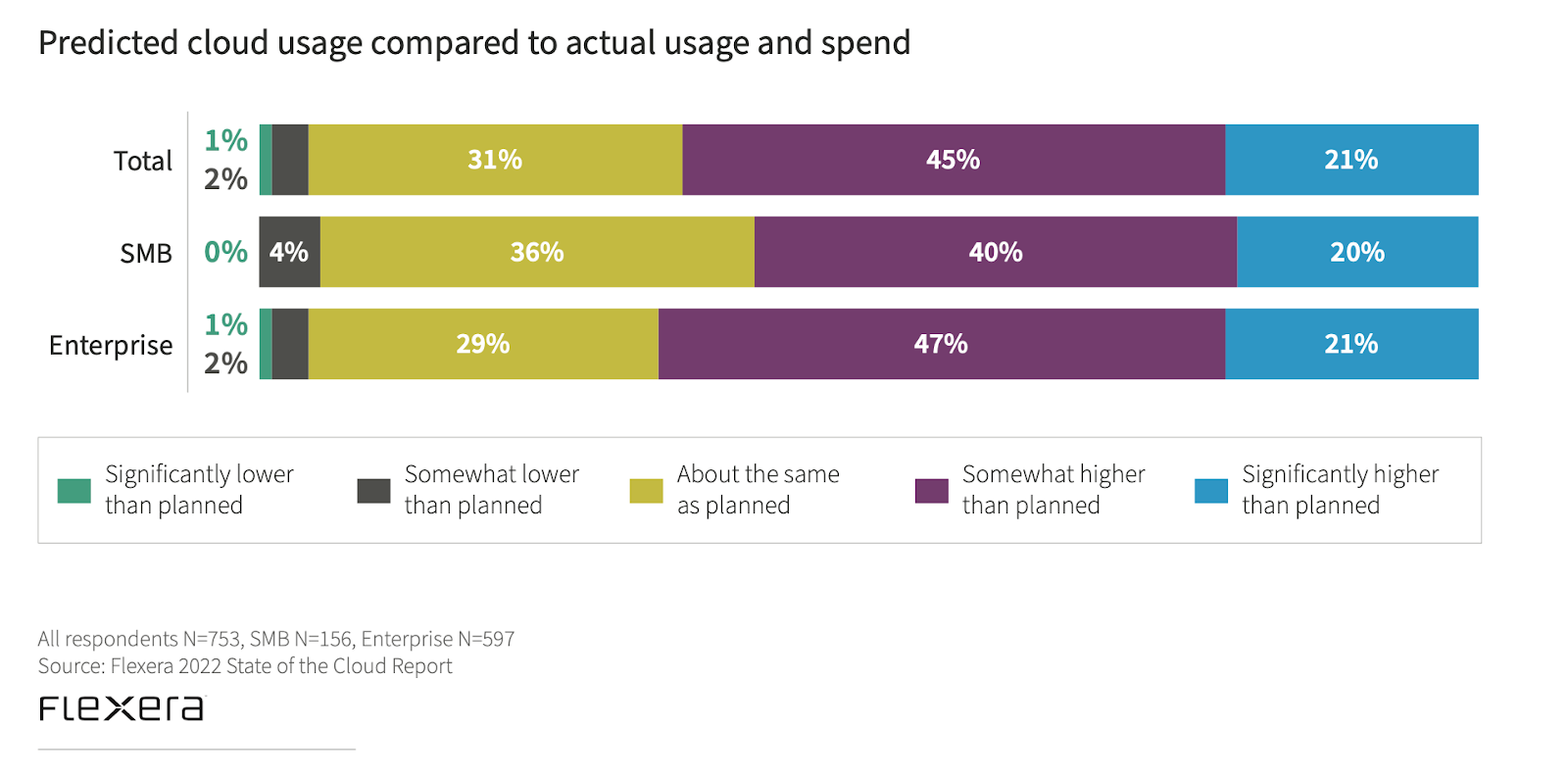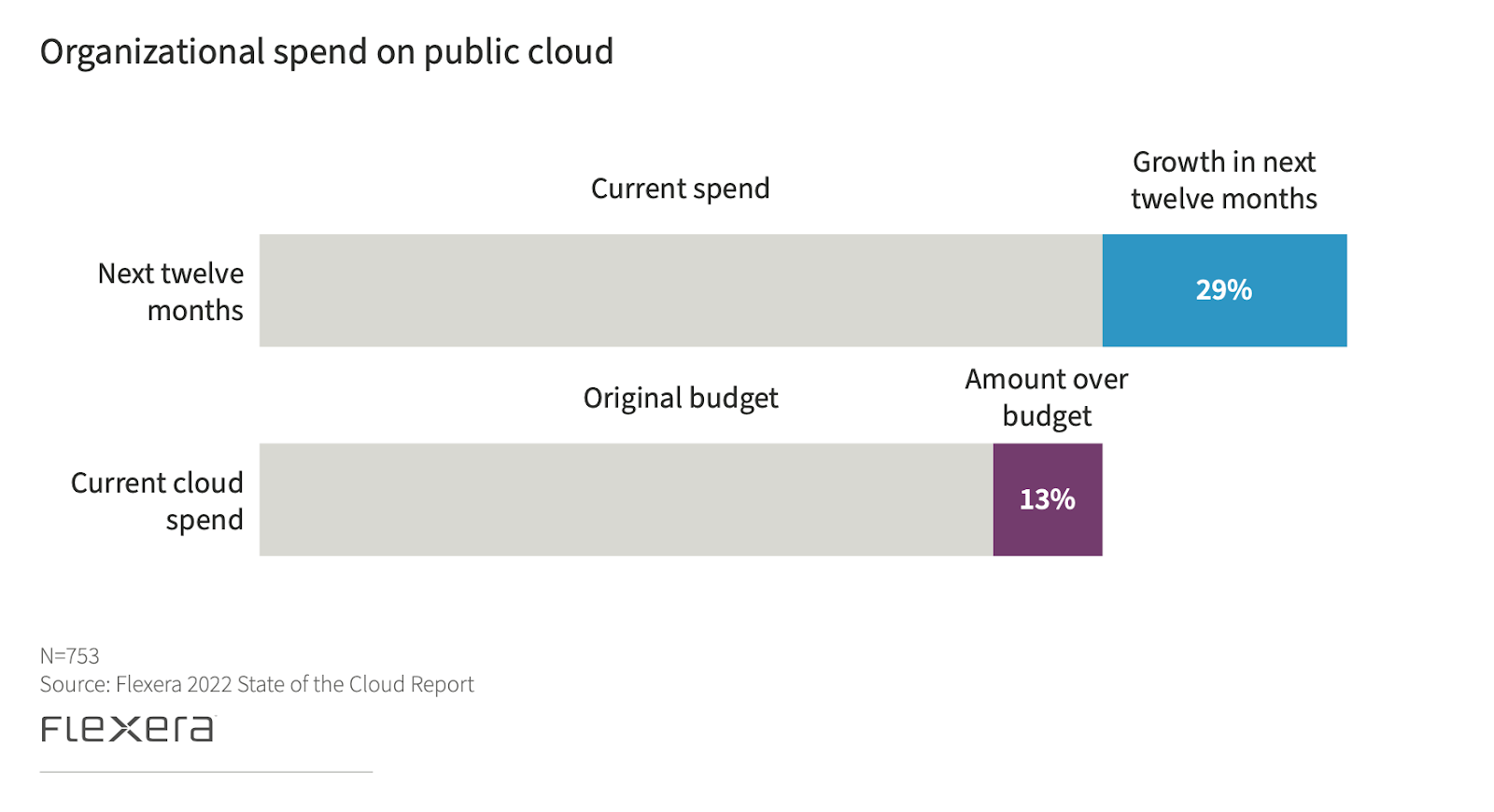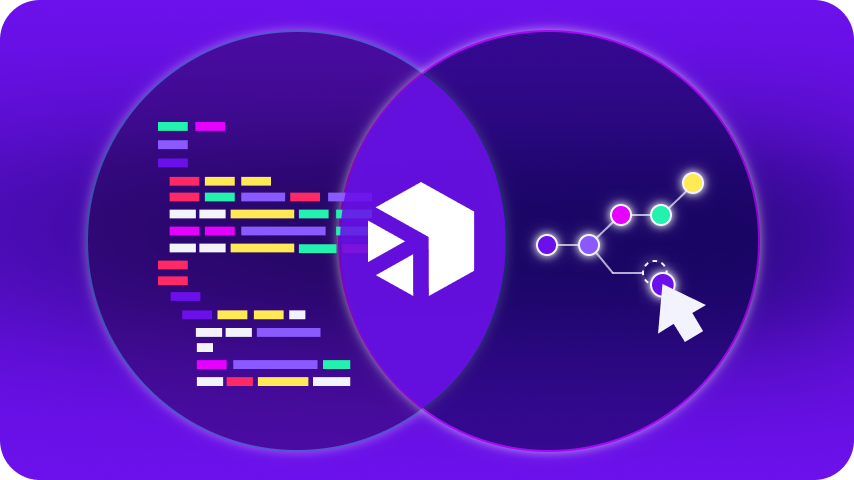July 25, 2022
Enterprises today are facing new levels of competition and unprecedented expectations from consumers. The key to surviving – and thriving – is to increase efficiency and differentiate to give themselves a competitive edge. Many businesses are turning to technology to help them address a range of marketplace changes:
- As companies compete for loyalty, customers have come to expect a personalized experience, high service levels, and increased value
- Pandemic disruptions highlighted the importance of continuity and resilience during crisis, and companies are prioritizing the ability to keep operations running from anywhere, through anything
- Siloed data and legacy systems are hampering innovation and development, forcing organizations to search for new solutions as they try to keep pace with changing demands
- Omnichannel customers who make purchases through mobile apps, websites, social media, chat and other platforms have opened up the global retail market to customers who were historically constrained by local options

This confluence of circumstances is driving new demand for an accelerated digital transformation process that will support new tools and resources and open up an unexplored horizon of possibilities and business opportunities. But while businesses need to update or upgrade their solutions to survive, they cannot afford operational disruptions or downtime. Flexera’s 2022 State of the Cloud Report highlights how these trends have driven cloud spending beyond company budgets.

New Solutions for a Different World
To achieve a more rapid digital transformation while minimizing operational disruptions, today’s businesses need a flexible, agile architecture that will:
- Simplify the digitization process
- Increase operational efficiency
- Mitigate the risk of disruptions or data loss
- Support innovation and new business tools
- Improve the customer experience
Cloud migration is an essential facet of a digitization strategy and serves as a digital transformation base for businesses of all sizes and verticals. But too often, migration to new, more flexible environments that can deliver the benefits companies need to succeed is hampered by outdated systems, tightly coupled architectures, and custom solutions that are costly or too challenging to complete a software system integration with new technologies.
A Single Step is Not Enough
Migration to the cloud is an essential step toward achieving these digital transformation goals, but it’s important to remember that it’s not the only step. In addition to a well-structured operational plan that aligns with business goals and needs, companies must also deploy tools that support the migration process and, together with the transition to cloud, lay the foundation for complete enterprise architecture modernization.

The average company has already exceeded their current budget for cloud spending, and anticipates spending more in the coming year. But as cloud technology becomes an ever larger line item on corporate budgets, organizations want their IT teams to have something to show for it, either through increased revenue or a competitive advantage. Efficiency and optimization are the names of the game.
59%
want to optimize existing cloud usage to realize cost savings
42%
are embracing SaaS models to replace on-premises solutions
31%
are expanding their use of public cloud IaaS and PaaS solutions
57%
want to move more systems and processes to the cloud
40%
are working toward a cloud-first strategy
Source: Flexera State of the Cloud Report 2022
And cloud priorities aren’t the only thing that’s changing. The metrics companies use to measure the success of their cloud migration efforts also evolve as goals shift.
74%
cost efficiency or savings
48%
increased rate of innovation
47%
increase in competitive advantage
68%
delivery speed of new products or service
47%
value to business units
Source: Flexera State of the Cloud Report 2022
Modern Cloud Integration Platforms Add Value
So how do organizations achieve the cloud migration benefits they need to remain competitive while avoiding pitfalls like inflated costs, downtime or operational disruptions? They must stop thinking about migration and begin focusing on cloud native integration platforms. The solution lies in third-party integration solutions like enterprise-integration-as-a-service. An enterprise iPaaS empowers companies to compete with digital natives by allowing them to focus on innovation, rather than day-to-day maintenance and responding to migration issues.
- Development time and learning curve are dramatically shortened with an intuitive, data-focused integration development process
- Downtime and disruptions are almost entirely eliminated with mocked endpoints that mitigate risk and complexity in the migration process
- Costs decline, facilitating integrations with core systems without any need to alter internal processes
- Flexibility and agility increase with enhanced integration capabilities
Could a cloud based integration platform be the solution your organization needs to compete in a digital-first world?
Ask yourself the following questions:
- Are cost savings a key driver of your cloud migration strategy?
- Is business-critical data trapped in legacy architecture hampering your digital transformation?
- Do you have concerns that a move to the cloud would disrupt your day-to-day operations?
- Are you reliant on custom solutions that will become more challenging and expensive to maintain as time goes on?
- Would you like your developers to have the time to focus on innovation?
If you answered yes to any (or all) of the above questions, it’s time you learned more about enterprise integration and how an enterprise iPaaS solution could benefit your business.
Digibee Takes Your Migration to the Next Level
Digibee’s enterprise iPaaS model helps businesses release siloed data trapped in legacy systems and leverage it for a more efficient, resilient, and secure operating model that helps you compete with digital natives and respond to ever-changing market demands. Our low-code visual interface and usage-based business model can help you maximize the value of your cloud migration.
To learn more about our innovative integration solutions, book a demo today.













